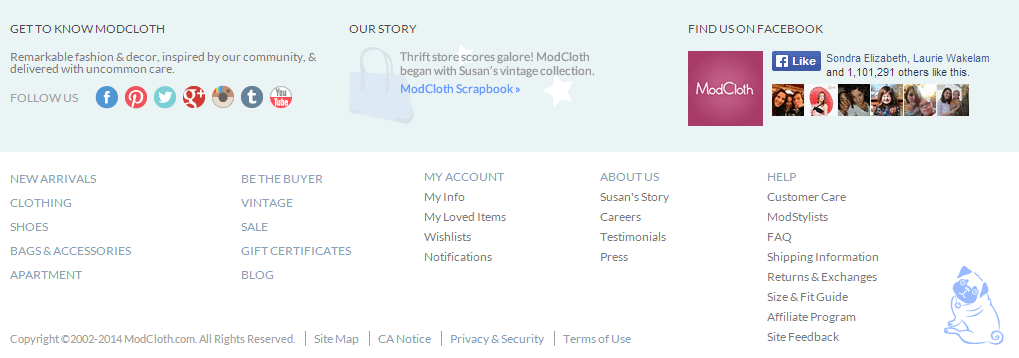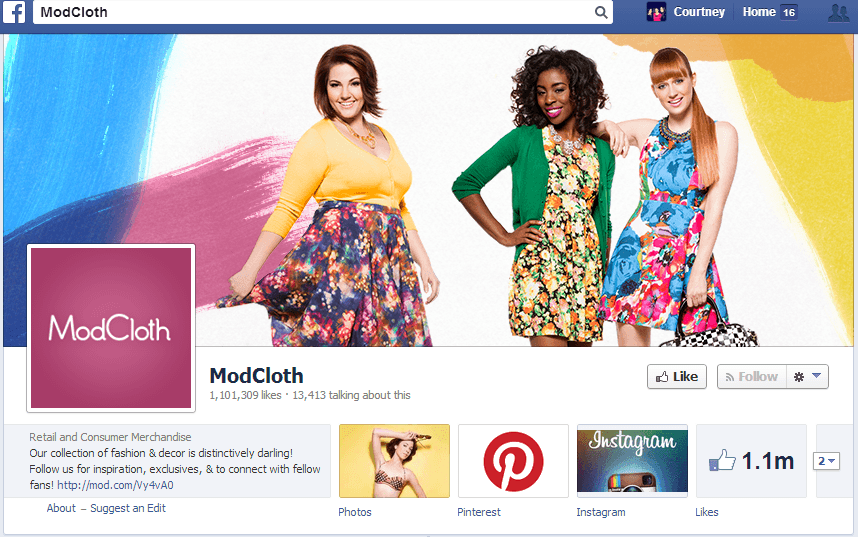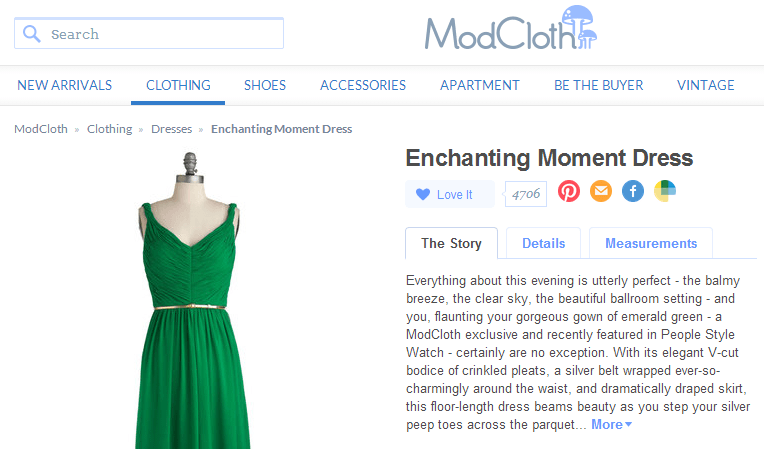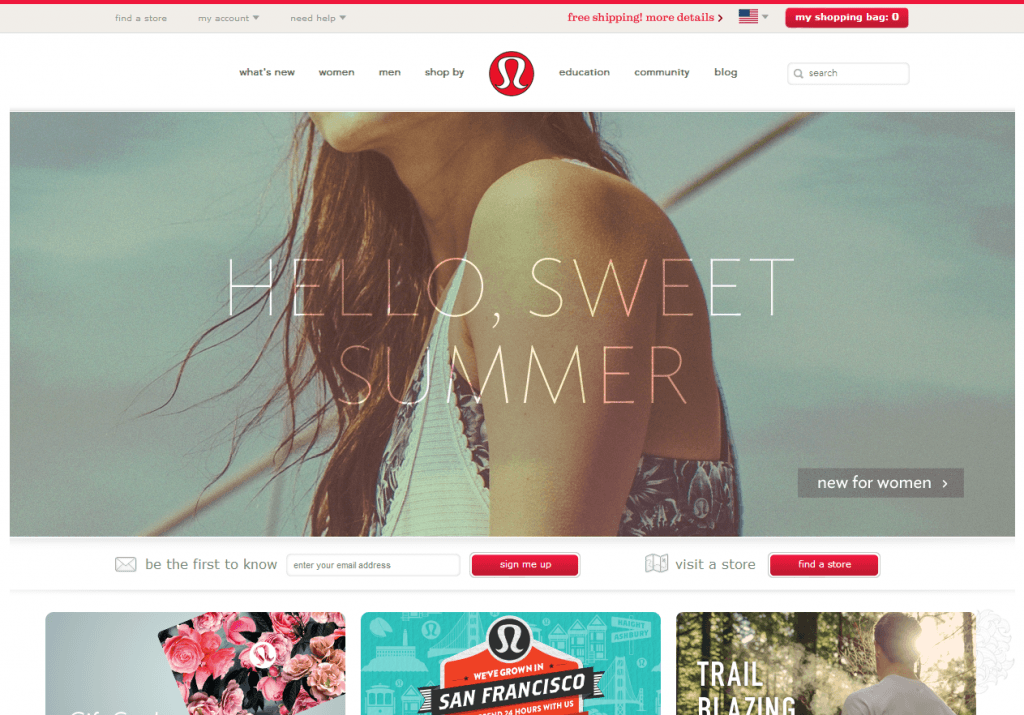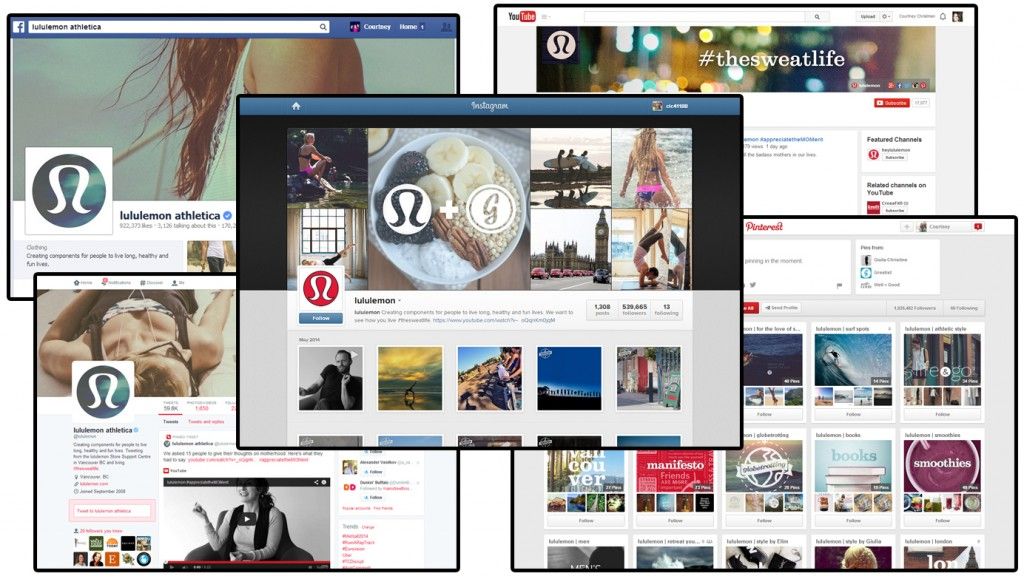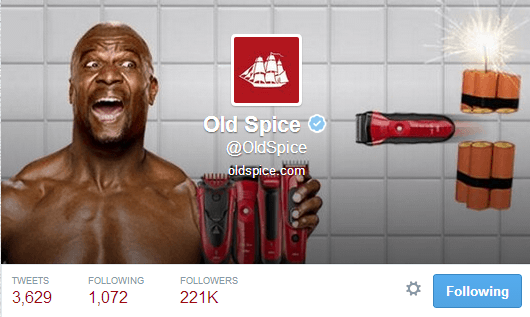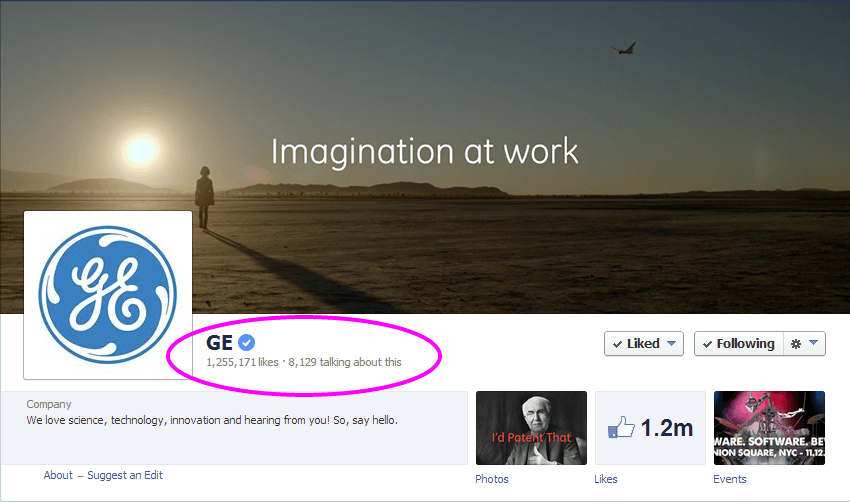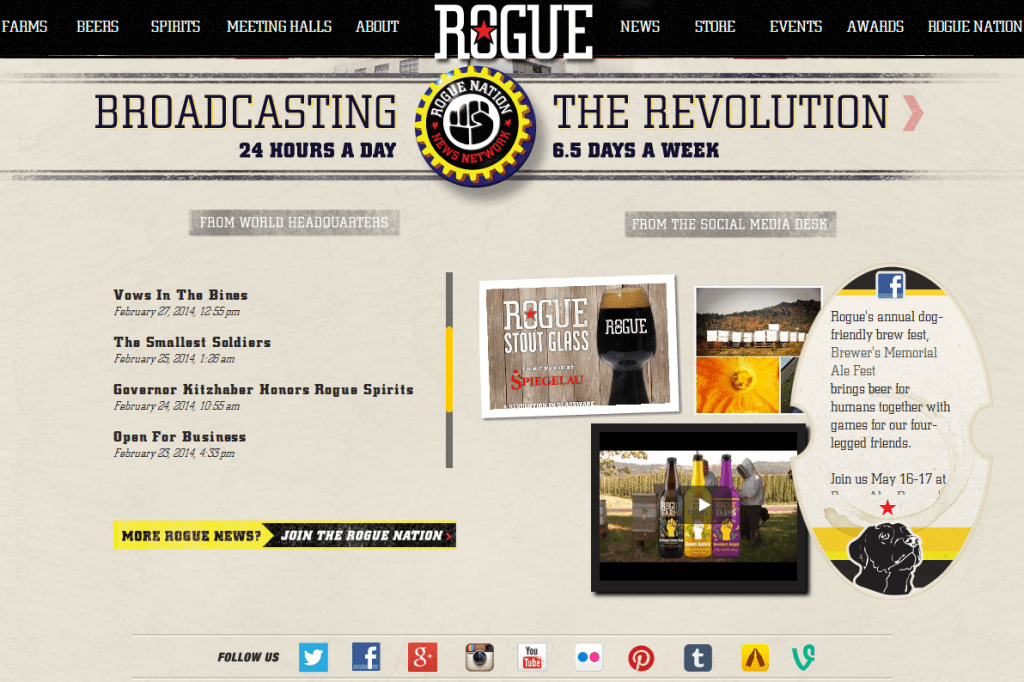Having a presence on social media is highly suggested, not only to synchronize your marketing efforts, but also to provide a seamless user experience for your website visitors, customers and potential customers.
For the purpose of this post, I’m going to focus on the latter.
As I wrote in a recent post, user experience is how a person feels or reacts to a brand’s products and services. It’s the feelings evoked, the trust and loyalty created, the elements that set you apart from your competition, and most importantly, it’s the experience you create.
Social media is an additional avenue to connect with existing and potential customers. We use social media to engage with our followers and provide them with content they’ll find informative and interesting (among other reasons). In the process of addressing each of these, our goal must always be to ensure that our users have a positive experience with us, before, during and after purchasing or using our products and/or services.
Providing Users Easy Access to Social Media
Social media can be a powerful tool when it comes to user experience. Before we jump into the ways social media promotes excellent user experience, let’s touch on how users will navigate to and from your website to social platforms, and vice versa. The simple answer is through social media buttons.
Social buttons allow your visitors to easily navigate to and from your various networks. One site that does this exceptionally well is ModCloth.
At the bottom of their homepage, ModCloth has several social buttons for visitors to access their networks. You can “Like” them from their homepage, and even see friends of yours who “Like” them.
Click on the Facebook button, and it brings you here:
In addition to having a link to their homepage in the about section (which is highly recommended for all businesses), ModCloth also has buttons for their other networks including Pinterest, Instagram and Twitter. This simple navigation allows visitors to get a comprehensive view of what people are saying about their products, along with outfit ideas and inspirations further down the page – and let’s face it; most women LOVE this!
And when you visit a product page, you can Pin, email, share on Facebook, or save any particular product to your Wanelo account.
Throughout their site and social platforms, ModCloth provides users the ability to learn more about who they are, what their customers think of them, all while engaging with their customers and fans.
Navigation that allows your visitors to jump from your site to social media, and vice versa, only adds to user experience. Not only do you help users get a feel of who you are, but by connecting everything, you make it easy to see various aspects of your organization. This makes a brand more appealing than one that makes you work to find additional information.
Here are three more ways social media offers value to your website’s user experience:
Social Media Supports and Strengthens Brand Consistency
Much like your website, social platforms are an extension of your brand. One of my favorite things to write about (just ask my boss – hey @ckilgs!), brand consistency is key when marketing your business. It’s also an integral part of user experience.
When your visitors move between your website and various platforms, you want their transitions to be seamless. In terms of brand consistency, make sure your logos are aligned and your voice among all platforms is the same. While we’ll get into voice and personality in the next section, it’s an important element of providing your users with a consistent brand experience.
lululemon athletica is an example of a brand that creates a seamless user experience across all their social media outlets. Let’s take a peek at their website to get a better understanding of what they stand for and the message they’re trying to deliver.
lululemon is a healthy brand; they promote and encourage sweating every day, and create high quality products to help you perform at the highest level. More than their products, lululemon wants you to feel good about yourself, in a healthy and happy way. Here’s their manifesto that gives you a better idea of what they’re striving to achieve with their brand.
Moving onto their social media, lululemon is present on various outlets including Facebook, Twitter, Instagram, Pinterest and YouTube. On each, they are consistent in the messages they send and the manner in which they’re delivered.
Focused on sharing healthy tips, recipes and inspirational quotes, lululemon is the epitome of a lifestyle brand who knows how to stay consistent on all platforms.
lululemon is also consistent with their profile pictures. This is an aspect that’s often overlooked, by making profile pictures uniform you help encourage and strengthen brand identity. When people see lululemon’s logo – what looks to me like an upside down horseshoe – they know who it belongs to. Whether their visitors land on a social network or the website, the branding is consistent in both look and feel.
Social Media Reinforces Your Brand’s Voice and Personality
And since we all know how much I enjoy talking about branding and brand consistency, we’re going to continue with how social media reinforces your brand’s voice and personality. Voice and personality work hand-in-hand with brand consistency; in fact, they’re crucial elements of brand consistency.
Old Spice is a quintessential smell that transports me back to my childhood whenever I see the classic white or red ship. While I can’t remember the advertising and marketing surrounding the aftershave way back when, these days, I have to tip my hat to Old Spice for their consistent and unique voice and personality.
Humor; it’s difficult to execute, but if you can do it, the rewards can be great.
While their Twitter is my favorite of their social networks, Old Spice is brilliant at executing humor. Just scroll through some of their tweets and you’ll see what I mean.
Products that every man uses (or should use), Old Spice caters to men who appreciate smelling great, and who can laugh at themselves about things often out of their control – namely natural smells and hair growth.
What other brands can learn from Old Spice’s use of voice and personality in regards to user experience is to keep it natural. Don’t try too hard, but when you find something that works, stick with it and use it. Use it on your website and social networks – keep it consistent!
Social Media Promotes Engagement and Showcases Consumer Feedback
Social media is all about engagement and interaction. Ultimately, when a brand is on any social platform, they want their fans and customers to engage with their content. This has also led to social media as an additional avenue for consumer feedback.
Engagement is more than just the number of fans, followers and likes you have. While these are great initial ways to build a following and encourage engagement, the most effective way of engaging your audience is through targeted posts. Post content that speaks to your audience so they’ll be more inclined to share it with their friends and followers.
If you’re not sure whether your posting strategy is working, measure social engagement through interactions including hashtags, comments, mentions in tweets or Facebook statuses, private messages, number of brand tags, number of shares, etc.
If you’ve ever visited one of GE’s social networks, specifically Facebook, it’s clear they know what they’re doing when it comes to social engagement.
Not only do they have over 1.2 million “Likes”, they also have thousands of people talking about their brand. What I enjoy most about GE’s Facebook page is the responses to most of the comments on the page. People like to feel like they’ve been heard, and a response from a brand on social media goes a long way with customer satisfaction.
Taking social media engagement and interaction a step further, you can embed custom feeds on your website from Facebook, Twitter and other platforms. This allows visitors to see what people are saying about you on social media, without ever leaving your site – talk about easy!
On Rogue.com, they’ve embedded a multi-platform at the bottom of their flawless website. On their site, you get a taste of what their customers think about their products, as well as information about upcoming events and links to their other social networks.
A notable component of user experience, social media has the ability to make a difference in the way your visitors perceive your brand. In fact, it could ultimately fuel the decisions whether or not to use your products or services.
Don’t just use social media as a sharing tool, use social media to add value to your website, brand, and the overall experience you want to create for your users.



